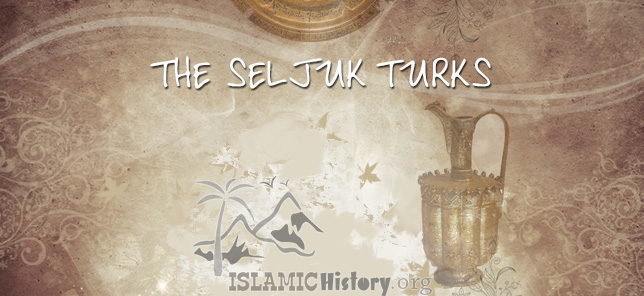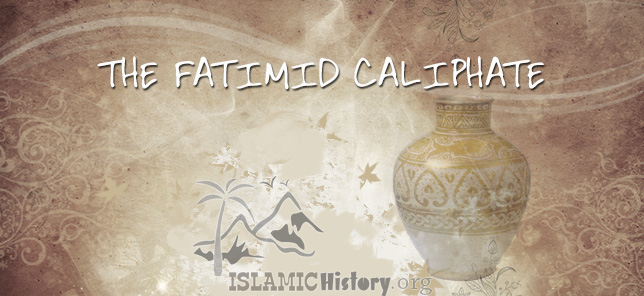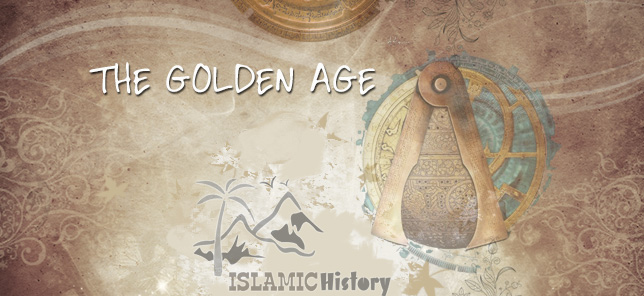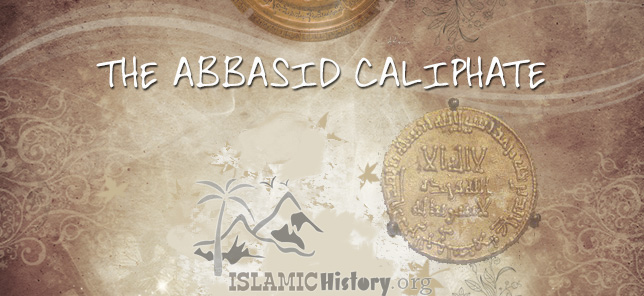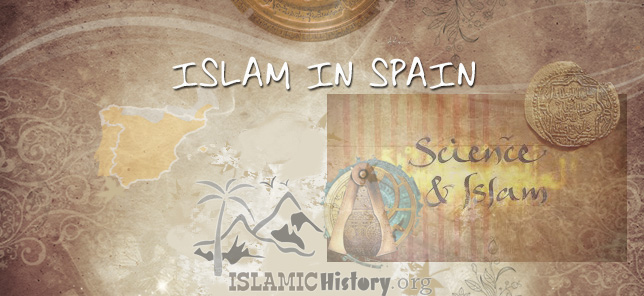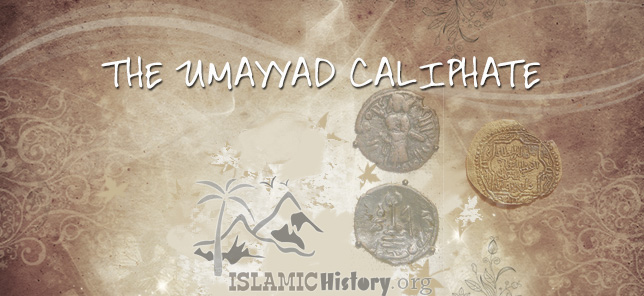Seljuk, also spelled Seljuq, ruling military family of the Oğuz (Ghuzz) Turkic tribes that invaded southwestern Asia in the 11th century and eventually founded an empire that included Mesopotamia, Syria, Palestine, and most of Iran. Their advance marked the beginning of Turkish power in the Middle East. Although individual Turkish generals had already gained considerable, and at times decisive, power in Mesopotamia and Egypt during the tenth...
The most stable of the successor dynasties founded in the ninth and tenth centuries was that of the Fatimids, a branch of Shi’is. The Fatimids won their first success in North Africa, where they established a rival caliphate at Raqqadah near Kairouan and, in 952, embarked on a period of expansion that within a few years took them to Egypt. For a time the Fatimids aspired to be rulers of the whole Islamic world, and their achievements were...
The early ‘Abbasids were also fortunate in the caliber of their caliphs, especially after Harun al-Rashid came to the caliphate in 786. His reign is now the most famous in the annals of the ‘Abbasids – partly because of the fictional role given him in The Thousand and One Nights (portions of which probably date from his reign), but also because his reign and those of his immediate successors marked the high point of the...
In the Middle East, during these centuries, the ‘Abbasids, after their victory over the Umayyads, had transformed the Umayyads’ Arab empire into a multinational Muslim empire. They moved the capital of the empire from Syria to Iraq, where they built a new capital, Baghdad, from which, during the next five centuries, they would influence many of the main events of Islamic history. In the early period of ‘Abbasid rule,...
The religion of Islam was present on modern Spanish soil from 709 until 1614 beginning with Arab rule and ending with the expulsion of the Moriscos of Al-Andalus. By the time ‘Abd al-Rahman reached Spain, the Arabs from North Africa were already entrenched on the Iberian Peninsula and had begun to write one of the most glorious chapters in Islamic history. After their forays into France were blunted by Charles Martel, the Muslims in Spain...
The Umayads were the first Muslim dynasty — that is, they were the first rulers of the Islamic Empire to pass down power within their family. According to tradition, the Umayyad family (also known as the Banu Abd-Shams) and Muhammad [saw] both descended from a common ancestor, Abd Manaf ibn Qusai, and they originally came from the city of Mecca. Muhammad [saw] descended from Abd Manāf via his son Hashim, while the Umayyads descended from...
With the death of Muhammad [saw], the Muslim community was faced with the problem of succession. Who would be its leader? There were four persons obviously marked for leadership: Abu Bakr al-Siddiq [ranhu], who had not only accompanied Muhammad [saw] to Medina ten years before but had been appointed to take the place of the Prophet as leader of public prayer during Muhammad’s last illness; ‘Umar ibn al-Khattab [ranhu], an able and...

